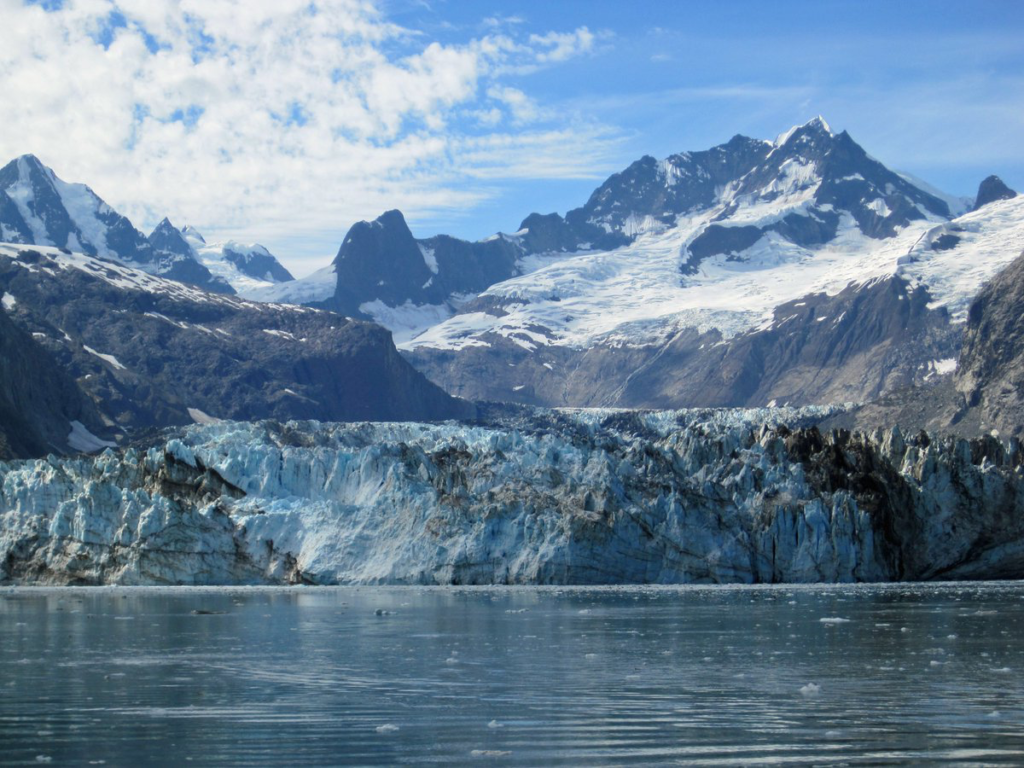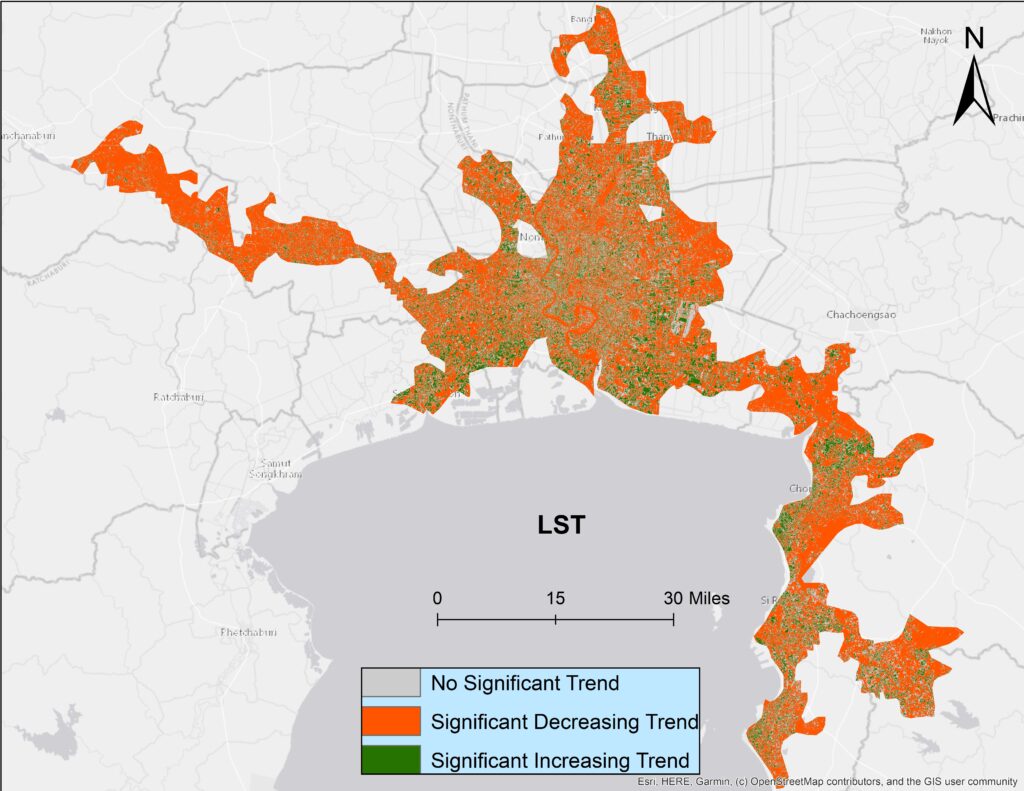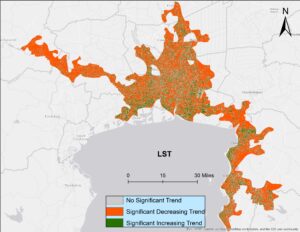By Natalie Belew, GlacierHub

In recent years, southeast Alaska has experienced notable rock avalanches on top of its glaciers. Rock avalanches involve landslides of fragmented rock that become hazardous due to their large size and ability to travel long distances at rapid speeds. In October 2015, the largest non-volcanic landslide ever recorded in North America occurred on the Tyndall Glacier. Second only to the cataclysmic eruption of Mount St. Helens in 1980, the massive landslide generated a tsunami wave that rose 600 feet, one of the largest tsunami run-ups ever recorded, and stripped alders off the upper reaches of hills on the shoreline.
Just a few months later, a massive rock avalanche spontaneously materialized on the Lamplugh Glacier. Although initially undetected due to its remote location, seismic instruments captured the event as having as much energy as a 5.2 earthquake.
Intrigued by what was happening in Glacier Bay National Park, a team of three geologists from the USGS explored the timing and characteristics of 24 rock avalanches in the park over a 33-year period from 1984 to 2016. Led by Jeff Coe, the recently published article in Landslide documented three distinct clusters of rock avalanche activity during those years: 1984-1986, 1994-1995, and 2012-2016 through the use of Landsat satellite imagery.
What they found was remarkable: Coe shared the exceptional size of the rock avalanches with GlacierHub. Since 2012, these avalanches were 1.5 to 5.9 times the next largest avalanche in the 33-year sample. The researchers concluded that the avalanches in this third cluster were primarily caused by the degradation of mountain permafrost from long-term warming, in addition to a record-breaking warm spell from 2014 to 2016 in the region. Besides melting permafrost, the study points to other factors such as glacial thinning, increased precipitations, and accumulating elastic strain, as contributors to the weakened slopes.
The increased size and distance of these avalanches appear to be determined more by winter temperatures as opposed to summer temperatures. Coe explains that the warmer than average winter temperatures are behind the weakening rock masses on top of the park’s glaciers, as conditions fail to refreeze as much during colder months as they have previously. As the temperatures warm up to around freezing-melting point in the late spring to summer months, the masses fail and collapse.
In general, climate change is expected to have an adverse impact on slope stability in Alaska. But there has been limited research to assess what changes have already occurred there. This study provides a robust example to systematically study and document the changes in the size and mobility of rock avalanches in Glacier Bay National Park.
One interesting pattern the team noticed in their work was that 75 percent of the rock avalanches come from slopes facing north or northeast. Coe pointed to another study on the European Alps that could be applied to Alaska. Observing similar patterns during the 2003 summer heatwave, the scientists in the Alps study suggested the north-facing slopes in their research had more extensive rock permafrost compared to the southern slopes. With more permafrost, these north-facing slopes would be more impacted by anomalously warm temperatures.
So far, major avalanches in Glacier Bay National Park have struck remote areas of the park where humans rarely visit. But that luck may not continue. These events are a reminder of the increasing instability of the mountains and risks of disasters.
As was evident with the avalanche-induced tsunami in 2015, danger could strike on both land and in the water. Last June, tragedy struck a fishing village in Greenland when a mountain slope collapsed into a fjord, triggering a 300-foot tsunami wave killing four people.
“Going forward, we suggest that rock avalanche activity in Glacier Bay National Park should continue to be monitored to critically assess our results, hypotheses, and interpretations,” said Coe. If their hypothesis holds and warming temperatures are in fact the cause of the destabilization in these historically cold regions, more high-risk areas for landslides and rock avalanches in less remote parts can be expected.
Reference:
Coe, Jeffrey A., Erin K. Bessette-Kirton, and Marten Geertsema. 2018. “Increasing rock-avalanche size and mobility in Glacier Bay National Park and Preserve, Alaska detected from 1984 to 2016 Landsat imagery.” Landslides 15 (3):393-407. doi: 10.1007/s10346-017-0879-7.






